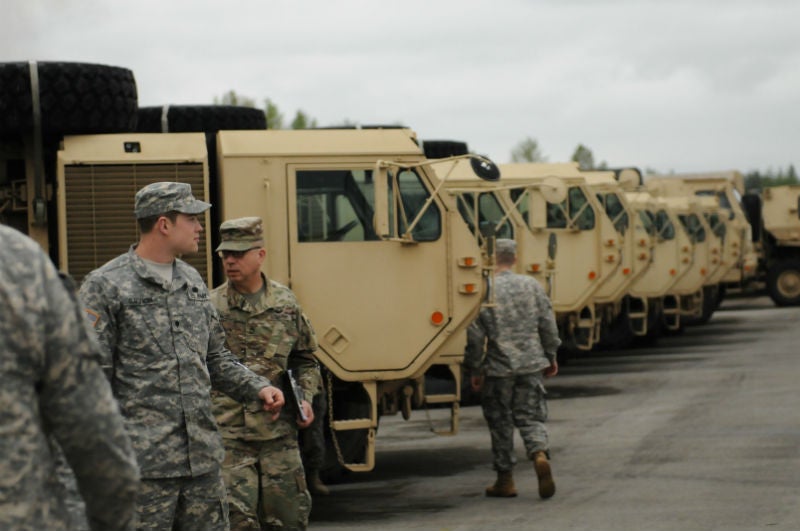
The US Government Accountability Office (GAO) has released a new report highlighting the progress and challenges to US Army readiness up to 2022.
Overall, the GAO found that the US Army is on track to reach its readiness objectives for 2022. However, there are some challenges that may hinder US Army readiness, in terms of equipment repair and modernisation in the coming years.
The report is split into three overarching fields: equipment repair and modernisation, personnel and force structure, and training for potential large-scale conflict.
The report noted: “GAO has made 44 recommendations in prior unclassified work described in this statement. DOD and the Army have generally concurred with them, have implemented seven, and have actions underway to address others.
“Continued attention to these recommendations can assist and guide the Army moving forward as it seeks to rebuild the readiness of its force and transforms for the future.”
Equipment modernisation
In its equipment repair and modernisation assessment, the GAO stated that the US Army is developing new warfighting capabilities to tackle the growing military capabilities of nations, such as China, Russia, North Korea, and Iran.
To counter potential threats, the US Army said it will demonstrate its readiness by conducting multiple large-scale ground air and cyber operations as an attempt to deter enemies, and noted six priority weapons upgrades.
From long-range precision firing capabilities, to next-generation combat vehicles and unmanned aerial systems, soldier lethality and air and missile defence, the US Army has been investing in new technologies and laying out plans to acquire and develop new weapons systems.
The report said, for example, that to enhance its long-range precision fires weaponry, the US Army will prioritise “capabilities, including munitions that restore Army dominance in range, lethality, and target acquisition.”
Existing challenges and recommendations
The GAO found, however, that the US Army did not have a comprehensive implementation strategy to retrograde its equipment used in operations in Iraq and Afghanistan. The report recommended that a concrete plan for retrograde and reset would help the US to better manage its resources.
For example, the GAO noted that the US Army’s Patriot equipment has suffered reset maintenance delays. In June 2018, the GAO reported that of the seven Patriot battalions undergoing reset, only one had been successfully restocked within the 180-day timeframe.
Furthermore, the GAO found that the US Army had no “established processes” for evaluating modernisation efforts against its goal of outpacing its competitors – Russia and China.
The army’s modernisation strategy may have identified additional costs of key weapons systems’ investments to 2023, but according to the report it failed to mention the tens of billions already being invested, or to elaborate on how the funding would support existing programmes.
To this end, the GAO recommended that the US Army formulate a cost analysis of short-term modernisation efforts and report the costs to Congress.
Finally, the GAO reported last month that while the army has applied some leading practices for technological development in its equipment modernisation efforts, its weapon systems development is at a lower level of maturity than the GAO had advised.
Diving into modernisation efforts with insufficiently mature equipment could lead to higher costs, delays, and failure to deliver desired capabilities. An example is the long-troubled F-35 programme.
According to the GAO, the US Army said that “it would conduct operational technology demonstrations and was exploring a train-the-trainer program, among other actions”.



